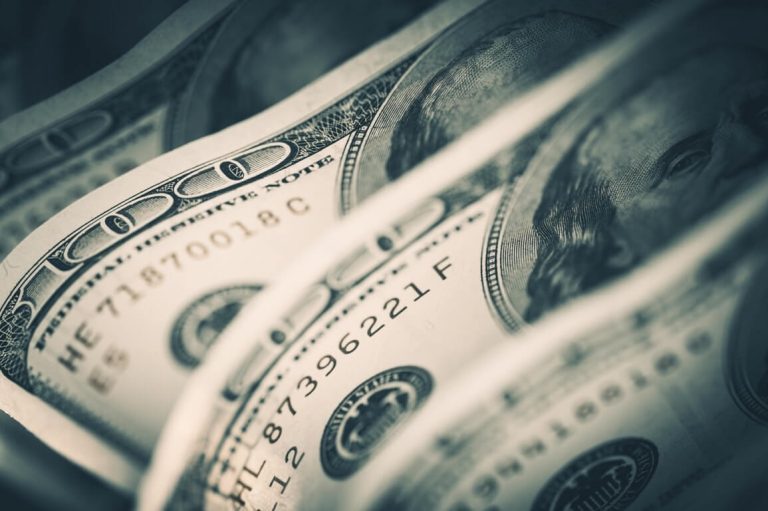The Calm Before the Storm in Dollar Trading
The U.S. dollar, often a barometer for global economic sentiment, remained relatively stable in early European trade, setting the stage for a potential shift pending the release of crucial inflation data. The Dollar Index held steady at 105.516, reflecting a cautious market atmosphere. This article delves into the factors influencing the dollar’s trajectory, exploring the anticipated impact of the upcoming U.S. consumer price index (CPI) data on trading sentiment.
The Dollar Index: Awaiting the CPI Surge
Trading has entered a holding pattern as investors brace for the October U.S. CPI figures. Analysts predict a 3.3% yearly gain, a decline from September’s 3.7%. A nuanced rise of 0.1% for the month is expected, following a 0.4% increase in the previous month. The importance of these numbers lies in their potential to shape U.S. monetary policy, particularly with Federal Reserve Chairman Jerome Powell’s warnings about persistent inflation. Should the data reveal unexpected challenges in curbing inflation, the likelihood of further rate hikes could bolster the best dollar exchange rate.
U.K. Wage Growth: Sterling’s Ascent Amid Dollar Subduedness
While the dollar treads cautiously, the pound has seen a 0.2% rise against the greenback, reaching 1.2296. This increase follows data indicating a slight deceleration in British wage growth during the three months to September, albeit close to record levels. Earnings, excluding bonuses, posted a 7.7% year-on-year increase, a marginal dip from the prior month’s 7.9%. The Bank of England, grappling with persistent inflation, is closely monitoring these figures. The resilient U.K. labour market, despite interest rate hikes, contributes to the sterling’s strength, providing an interesting counterpoint to the dollar’s muted state.
Global Markets: Eurozone Growth and Japanese Intervention
In the wider economic landscape, EUR/USD inched up by 0.1% to 1.0707 ahead of the release of the latest eurozone growth numbers. The European Central Bank’s prolonged rate-hiking cycle is expected to impact third-quarter GDP, with projections suggesting a modest 0.1% rise annually but a 0.1% fall in the quarter. ECB President Christine Lagarde’s commitment to maintaining restrictive rates for several quarters, driven by elevated inflation, adds another layer of complexity to the global currency dynamics.
Meanwhile, USD/JPY edged lower to 151.64, with the Japanese yen hovering near its weakest level in a year against the dollar. Concerns about further losses prompted Japanese authorities to reiterate their readiness to intervene in foreign exchange markets. A break below the current level would mark a significant milestone, reaching a fresh 33-year low for the yen.
Navigating the Currency Maze in Search of the Best Dollar Exchange Rate
As we await the outcome of the U.S. CPI data, the currency market remains in a state of anticipation. The interplay between global economic factors, highlighted by the U.K. wage growth and the eurozone’s economic trajectory, adds layers of complexity to the dollar’s trajectory. Investors keen on securing the best US dollar rate and monitoring nuances like the best dollar buyback rate and US dollar exchange should stay vigilant. In a world where economic dynamics are ever evolving, finding the optimal buying dollar rate demands a keen eye and strategic navigation through the intricacies of the global currency market.
The post The Calm Before the Storm in Dollar Trading appeared first on FinanceBrokerage.

